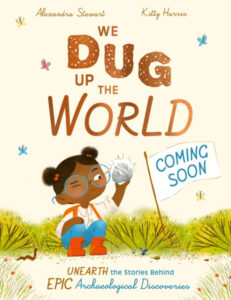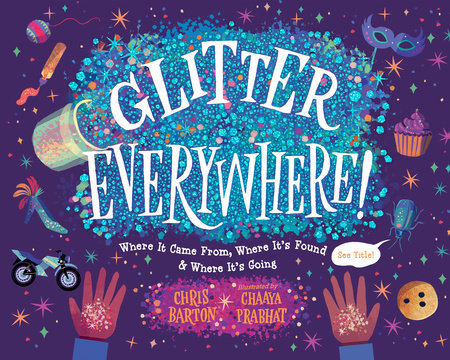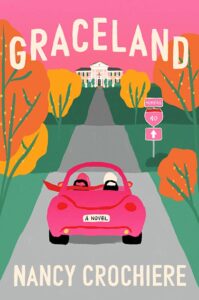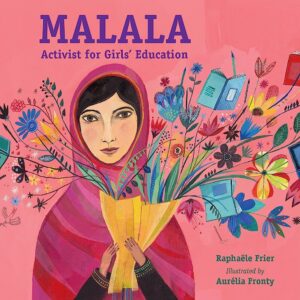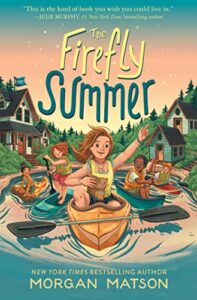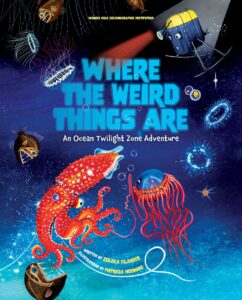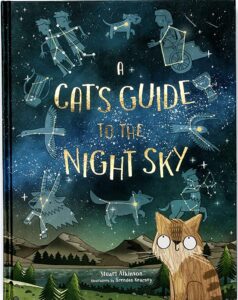In her books for young readers, author Kimberly Kenna addresses big topics, like environmental stress, censorship, and child sexual assault. Kenna has said, “As a former fifth-grade teacher, I know how important it is to have discussions with children about relevant life issues, especially the challenging ones.” In this guest post, Kenna talks about how books can help bring about meaningful conversations about the hardest topics.
Books As Night Lights: Helping Children See In the Dark
Abuse. Mental health. Grief.
Ugh. Do we really have to talk about that?
We do. Especially with children.
If we don’t, feelings and actions related to these topics remain hidden. It’s no secret that kids, like adults, push down hard emotions or ignore them, trying to be strong. Many children live with these challenges daily, proving their resilience, but they’ll become even stronger by acknowledging their feelings. Books can help the traumatized reader feel less alone; the curious reader can experience scary things from a safe distance. Books offer a jumping-off point for rich discussions about empathy, hope, and healing.
Consider Charlotte’s Web. It’s a classic. It’s also a tear-jerker, whether you’re an adult or a child. But readers adore this story, and it’s due in part to the fact that E. B. White is honest in portraying death, a topic that many kids are nervous about and have possibly experienced within their own family. During tough times, it’s a comfort to read about someone else who feels the way we do. That book becomes our companion, a staunch protector who respects our capacity to feel deeply. At the end of Charlotte’s Web, children have survived something they might have seen as insurmountable, and they’ve experienced death in a way that’s enough removed from reality to make their exploration of it feel safe.
Extraordinary Birds by Sandy Stark McGinnis is a middle-grade novel whose protagonist, a trauma survivor, has been shuttled between foster homes for years. Her only comfort is her birth mother’s Field Guide to Birds. She immerses herself in the book, learning all she can about the creatures that can up and fly away whenever they like. Extraordinary Birds excels in its age-appropriate handling of themes such as abuse, bullying, and the role therapy can play in healing. But there are children (and I was one of them) who might find it hard to actually speak about these things. Not to worry, because there are other ways to discuss a book. We can go beyond words by engaging a reticent child with art projects or writing diary entries for a particular character, allowing them to respond to the book in a non-verbal way that is less anxiety-provoking. Using puppets or props to represent a character and then reenacting or improvising scenes allows kids to give their words to someone else to speak. By stepping back a bit, these activities may provide the bridge that’s needed to carry on an actual conversation about the topics in the future.
More and more children’s books grapple with difficult themes, and they are often written by authors who have experienced these issues themselves. I’ve been moved by the author notes in some recent middle-grade books where they bravely share personal truths. When children in similar situations read these notes, it’s not only a declaration that they are seen but also an open invitation to share their own truths with someone. By creating an environment that fosters understanding, empathy, and open dialogue, fiction becomes a powerful tool for navigating life’s challenges.
#
Bio: Inspired by writing and performing plays with her fifth-grade students, Kimberly returned to school for her MA in creative writing from Wilkes University. Her debut middle-grade novel, Artemis Sparke and the Sound Seekers Brigade (Fitzroy Books) is the first book in her Brave Girls Collection. The second book, Jett Jamison and the Secret Storm, is forthcoming from Black Rose Writing and has been nominated for the National Book Award for Young People’s Literature. Born, raised, and still living on the Connecticut shoreline, Kimberly now writes children’s books full time, always inspired by the power of play, thoughtful questions, and a lifelong belief in nature’s ability to heal. Connect with her at kimberlybehrekenna.com.


